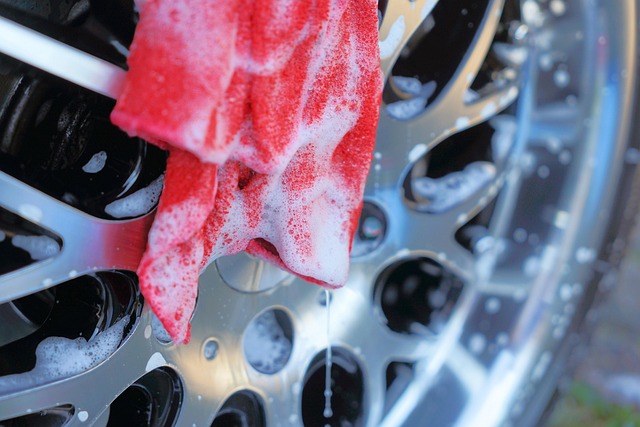Attic mold, caused by moisture and ventilation issues, poses significant health risks and requires prompt action for removal. Remediation time varies from days to weeks, depending on severity and size of infestation. Safety measures, including PPE and air filtration, are crucial. Post-removal, addressing moisture issues through repairs, improved ventilation, and insulation is vital for preventing future mold growth. Regular inspections are recommended for early detection. Professional assistance is advised for extensive or hazardous cases.
Attic mold can pose significant health risks, but effective removal is achievable. This guide explores the best methods for tackling this common problem, from understanding mold causes and health implications to practical steps for safe and thorough mold removal. We’ll delve into estimating remediation time, considering various factors, and preventing future growth. By following these expert tips, you can restore your attic to a healthy, mold-free environment. Learn how long mold remediation typically takes and take control of your home’s well-being.
- Understanding Attic Mold: Causes and Health Risks
- Steps for Safe and Effective Mold Removal
- Estimating Remediation Time: Factors to Consider
- Preventing Future Mold Growth in Attics
Understanding Attic Mold: Causes and Health Risks

Attic mold can be a significant issue for homeowners, often indicating a larger problem with moisture and ventilation. Understanding its causes is essential in preventing future growth and ensuring proper removal. Mold thrives in dark, damp environments, making attics an ideal breeding ground if there’s a water intrusion or poor air circulation. Leaky roofs, inadequate insulation, or even high humidity levels from condensation can all contribute to the development of attic mold.
Health risks associated with mold exposure vary widely, from mild allergies and respiratory irritation to more severe issues like neurological problems and compromised immune responses. Those with existing health conditions, such as asthma or cystic fibrosis, are particularly vulnerable. The time frame for mold remediation can vary depending on the extent of the issue; minor outbreaks might take a few days with proper equipment, while larger, more entrenched molds could require several weeks of treatment and decontamination.
Steps for Safe and Effective Mold Removal

To ensure safe and effective mold removal, follow these meticulous steps. First, identify and contain the affected area to prevent mold spores from spreading. This may involve sealing off rooms and using plastic sheeting or air filters. Next, wear appropriate personal protective equipment (PPE), including a N95 mask, gloves, and goggles, to safeguard against inhalation of mold spores.
Once prepared, thoroughly clean the affected surfaces with a mixture of water and a mild detergent. Scrub the area to dislodge any visible mold. After cleaning, dry the surface completely to prevent mold growth. For extensive or hard-to-reach mold, consider professional assistance. Typically, mold remediation can take anywhere from a few days to several weeks, depending on the severity of the infestation and the size of the affected area.
Estimating Remediation Time: Factors to Consider

Estimating the time required for mold remediation is a complex task, as it largely depends on several factors. The extent of mold growth is a key determinant; extensive or hidden mold infestations will obviously demand more time to address thoroughly. The size and ventilation of the attic space also play significant roles, with larger areas necessitating longer remediation periods due to the increased scope and need for more meticulous cleaning.
Additionally, the type of mold and the materials affected can influence remediation duration. Certain types of mold grow faster and may require specific cleanup techniques, while porous materials like wood or insulation may need extra time for proper decontamination and disposal. Safety considerations, such as necessary personal protective equipment (PPE) and air filtration systems, further contribute to the overall time required for a safe and effective mold remediation process.
Preventing Future Mold Growth in Attics

After successfully removing attic mold, preventing future growth is crucial. It involves addressing the underlying moisture issues that fueled the initial mold infestation. This may include fixing leaks in your roofing system, improving ventilation to reduce humidity, and ensuring proper insulation to maintain a consistent temperature. Regular inspections can help identify any new moisture intrusion or signs of mold development early on, allowing for prompt action to contain and remove it before it becomes a recurring problem.
The duration of mold remediation varies depending on the extent of the infestation. Minor cases might take a few days, while larger, more severe mold growth can extend the process by up to several weeks. During remediation, it’s essential to keep affected areas well-ventilated and consider professional help for extensive or hazardous mold removal. Regular maintenance and monitoring after remediation will contribute to creating an environment that discourages future mold growth, ensuring a healthier and safer attic space.
